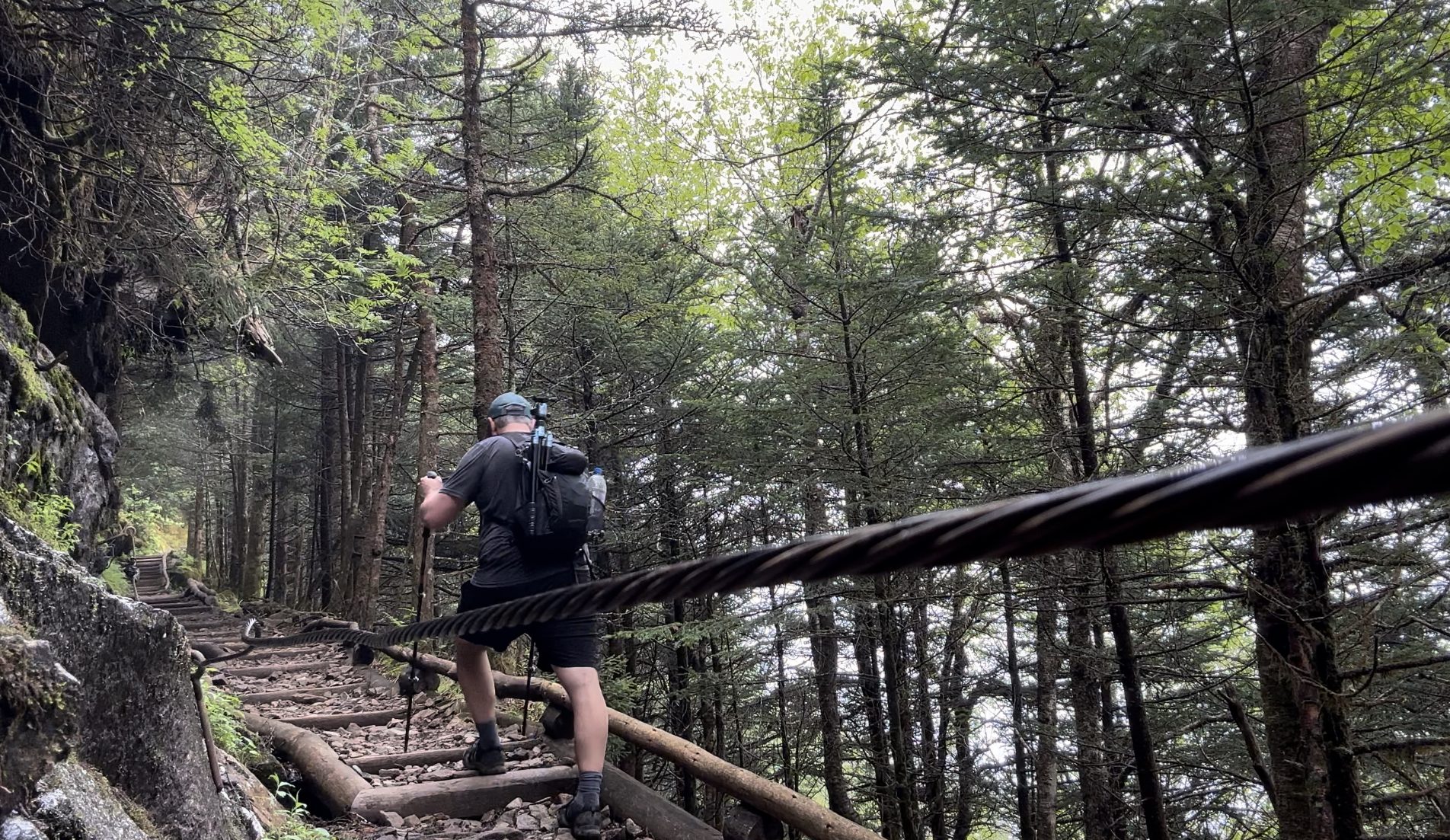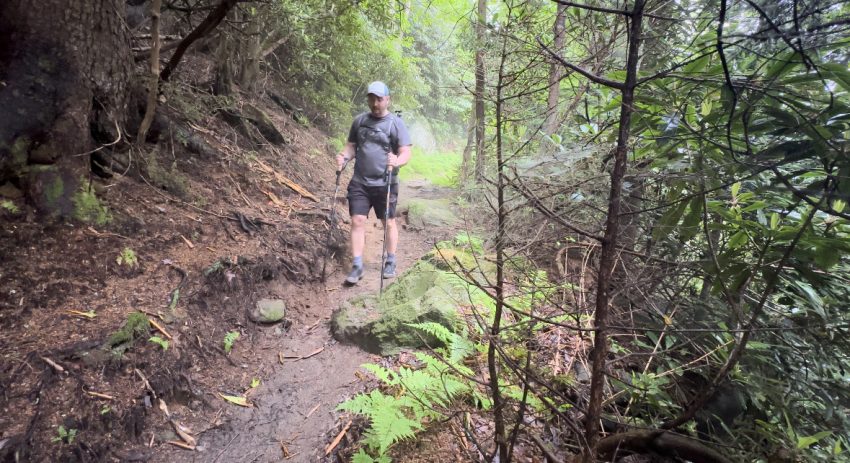Good form while hiking is important for a number of reasons. By using proper form, you can hike more efficiently, conserving energy and reducing the risk of injury and burnout. Additionally, good form can improve your overall enjoyment of the experience, allowing you to focus on the scenery and the experience of being outdoors rather than on discomfort or pain.
Why proper form is important.
- Injury prevention: Proper form can help prevent injuries to your muscles, joints, and bones. Maintaining good posture and using proper technique can reduce the risk of strains, sprains, and other injuries.
- Increased efficiency: Good form can also help you hike more efficiently by reducing unnecessary movements and conserving energy. This can help you hike longer distances and tackle more challenging terrain.
- Reduced fatigue: When you maintain good form, you’re using your muscles in the most efficient way possible. This means you’re less likely to experience fatigue or burnout during your hike.
- Improved balance and stability: Good form can also help improve your balance and stability on uneven or challenging terrain. By using your core muscles and maintaining good posture, you can better distribute your weight and avoid slips, trips, and falls.
- Overall enjoyment: When you’re hiking with good form, you’re less likely to experience pain, discomfort, or fatigue. This means you can focus on enjoying the beautiful scenery and the overall experience of being outdoors.
Here are some tips to have proper form when hiking:

- Keep your back straight: When hiking, it’s important to maintain good posture to avoid putting undue stress on your back. Keep your back straight and your shoulders relaxed. Engage your core muscles to provide additional support.
- Take small steps: Taking small, deliberate steps can help you maintain good form and avoid over-striding, which can put stress on your joints. Try to keep your stride length consistent and avoid taking long steps downhill.
- Use your arms: Your arms can help you maintain balance and momentum when hiking. Swing your arms naturally with your stride, and use them to help propel you forward and maintain balance on uneven terrain.
- Keep your knees bent: Keeping your knees slightly bent can help absorb shock and reduce the impact on your joints. Avoid locking your knees, which can increase the risk of injury.
- Use proper footwear: Proper footwear is essential for maintaining good form when hiking. Choose shoes or boots with good support, traction, and shock absorption. Make sure your footwear fits properly and is broken in before your hike. Also, consider using hiking poles to help maintain proper form and reduce the strain on your legs and joints.
By following tips above such as keeping your back straight, taking small steps, using your arms, keeping your knees bent, and wearing proper footwear, you can hike more safely and comfortably. Whether you’re a seasoned hiker or a beginner, it’s important to pay attention to your form and take steps to improve it. Happy Hiking!
